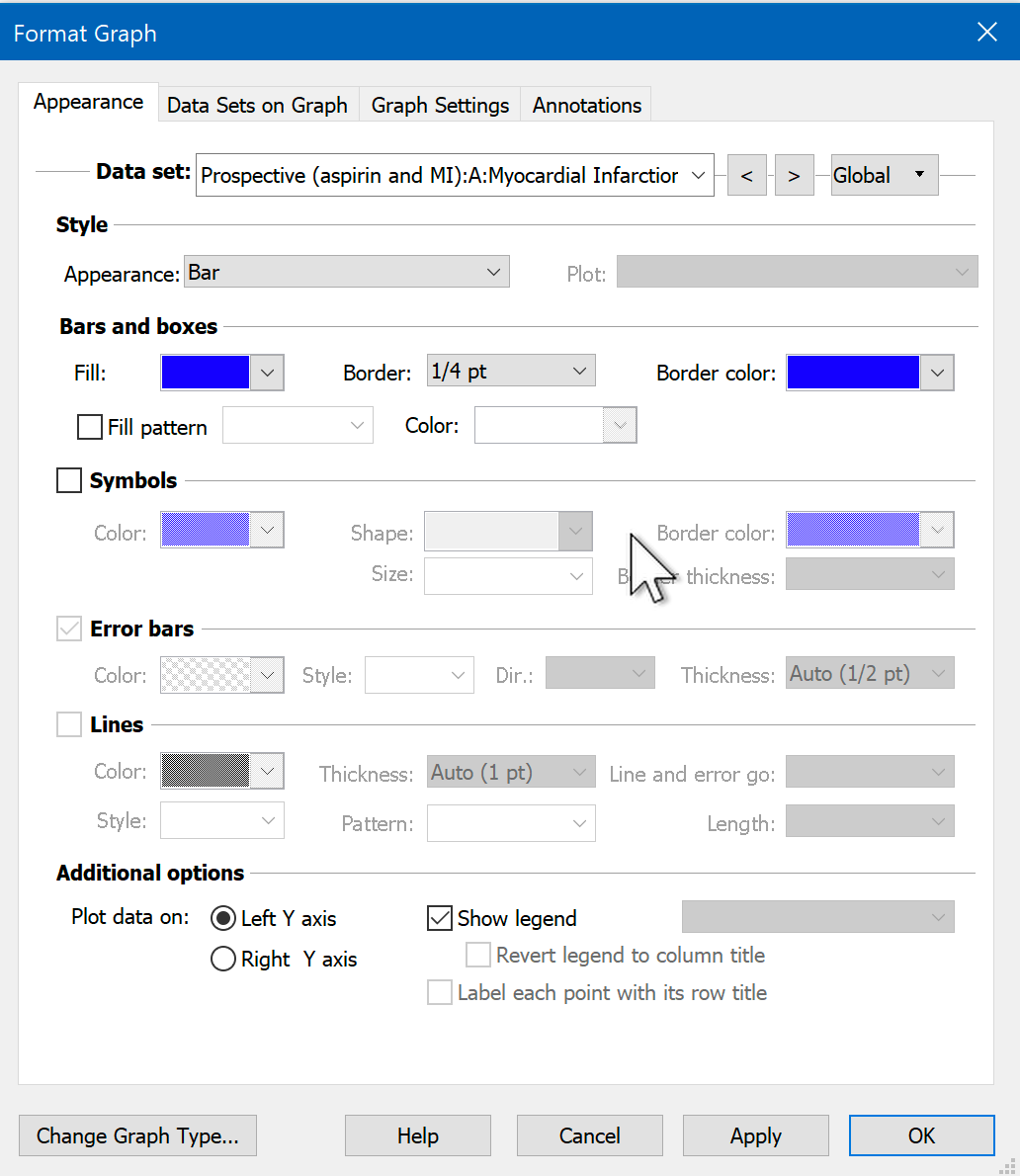
Accordingly, the Developmental Origin of Health and Disease (DOHaD) concept was introduced and considered as the underlying mechanism of the influence of environmental factors during early development on the risk of non-communicable diseases in later life 3, 4, 5, 6. Fetal gene expression was influenced by genetics and epigenetics and results in the development of adverse effects in the offspring in later life 1, 2. Imbalanced nutrition during pregnancy and lactation severely affects long-term irreversible outcomes in offspring owing to interference during a critical period of fetal growth 1. An increase in AT1 levels may be a risk factor for changes in salty taste preference. Correspondingly, the AT1 level of the taste bud cells significantly increased in 3-week-old female offspring from the HFD group.

We found increased body weight and salty taste preference of offspring from the HFD group in both sexes. The expressions of epithelial sodium channel alpha subunit (ENaCα) and angiotensin II receptor type 1 (AT1) in the circumvallate papilla were analyzed by immunohistochemical staining and reverse transcription-quantitative polymerase chain reaction (RT-qPCR). The taste preference behaviors were studied using the two-bottle taste preference test and analyzed five basic tastes (sweet, bitter, umami, sour, and salty). The other twenty-four 3-week-old offspring were weaned on the same diet as their mothers and raised individually. Thirty-six male and female 3-week-old offspring were measured for body weight and blood glucose level, and the circumvallate papillae were collected.

Ten pregnant Wistar rats were assigned a standard diet (SD) (n = 5) or HFD (n = 5) from day 7 of pregnancy through the lactation. This study observed the effect of a two-generation exposure to an HFD on the peripheral taste system in offspring. High-fat diet (HFD) leads to multiple complications, including taste alteration.


 0 kommentar(er)
0 kommentar(er)
